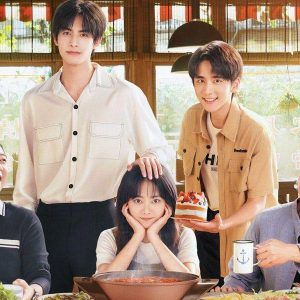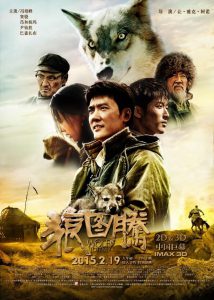Note: This article should be read from a literature point of view. It doesn’t seek to celebrate the evil attributes of the characters listed. Enjoy!
Article by Nikka Gan
Edited by Regiena Siy and Caitlin Young
It’s Halloween season once again, but being at home shouldn’t stop you from having fun! You don’t have to be a kid to play dress up—no matter what age you are, Halloween is about the costumes. If you’re bored at home, you could dress up just for the fun of it, or have a little photoshoot by yourself!
Speaking about costumes, when we think of Chinese legendary characters, whether fiction or non-fiction, we go for stereotypical characters such as Chun Li, Mulan, or the Emperor Qin Shihuang. However, Chinese legends and myths are full of magical creatures and characters that are unique in not only their styles, but also their stories. Here are just seven of them:
1) Huli Jing

Huli jing are fox spirits, also known as Kumiho in Korea and Kitsune in Japan. These spirits have the ability to shapeshift from nine-tailed foxes to humans, usually preferring the guise of women. While some legends say that huli jing are symbols of longevity and energy, most depict them as bloodthirsty spirits who feast on human hearts to gain more energy. The most well-known story of a huli jing is that of Daji from the Chinese novel Investiture of the Gods. Daji was King Zhou of Shang’s favorite concubine and known for her fascination with watching people in physical pain. She was treated like an empress by the king and was feared by many.
Of course, there’s no fixed description of a huli jing’s appearance because of their ability to shapeshift, but this only gives you creative freedom to imagine what they might look like.
2) Bai Gu Jing
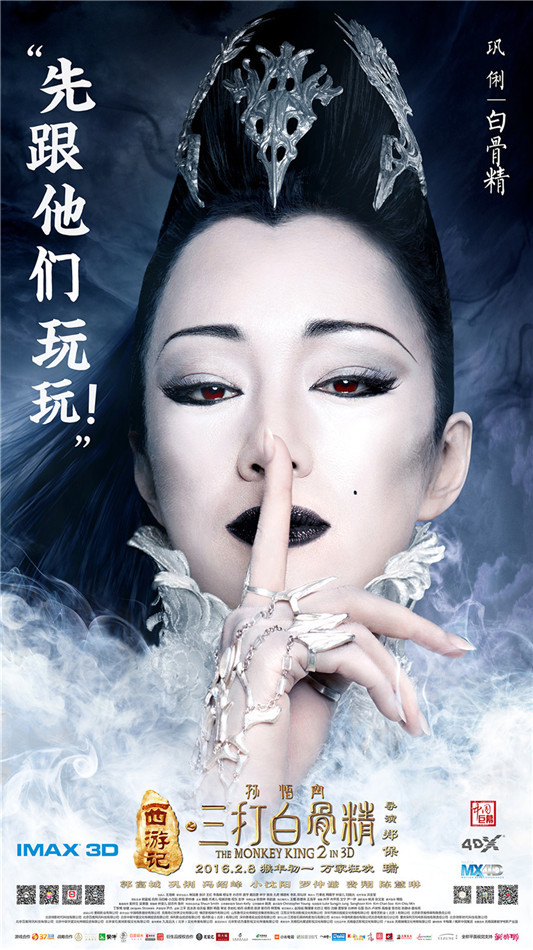
The Bai Gu Jing or White Bones Demon is a shapeshifting demoness. Her initial form is a skeleton but with enough energy, she could shapeshift into any human form she desires. In the Chinese classic Journey to the West, she was a recurring character who came in three forms: that of a young girl, a young woman, and an old man—all while trying to trick the main characters.
In the film version, Monkey King 2, Bai Gu Jing is depicted as a beautiful young woman often seen wearing white and adorned with silver and ivory colored jewelry. Try looking for a fake skeleton, as she would sometimes revert back to her original form of a skeletal body, and you might just capture what she looks like!
3) Sun Wu Kong
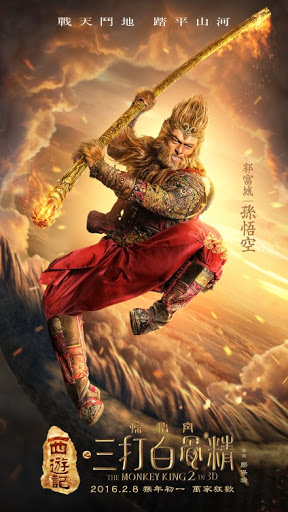
Sun Wu Kong is also known as the Monkey King. Heavily inspired by the Hindu deity Hanuman, the idea of Monkey Gods became abundant in ancient Buddhist China. Thus, Wu Kong was created in the classical novel Journey to the West. Wu Kong is said to have extraordinary powers such as superhuman strength, shapeshifting abilities, and other kinds of magic.
Since the Monkey King is such an icon in the Chinese culture, the character has been used for Halloween countless times. Costume stores would sell the whole set, meaning you could probably even find Monkey King costumes online!
4) Jiang Shi
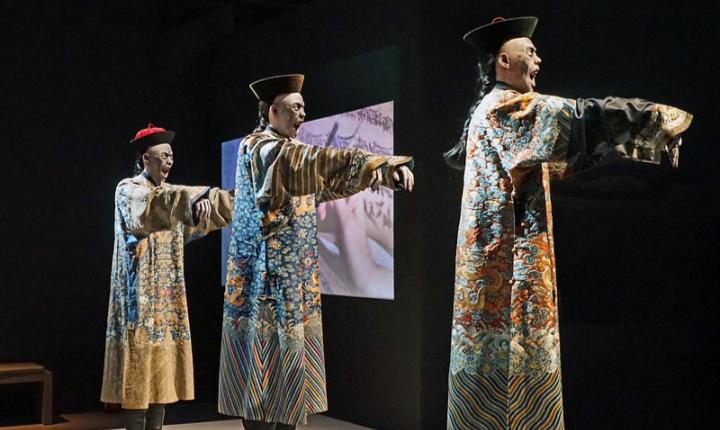
Possibly one of the most infamous characters of Chinese mythology, the Jiang Shi has become inspiration for many movies and books. Jiang Shi are a cross between vampires and zombies, as they are the resurrected corpses of restless spirits who cannot leave their bodies. Their bodies are cold and stiff, their hands are outstretched in front of them, and they hop around instead of walk. During the day, they stay in their coffins or hide in caves. However, they come out again at night to kill humans for their qi.
If you happen to have traditional Chinese clothing, you can level up that look by dressing up as a Jiang Shi. Imagining how you would dress up as one? Just make sure your skin is as pale as possible, and try creating an illusion of sunken eyes with makeup. If you’re too lazy, you could just stick a paper that resembles a talisman to your forehead, for indeed in the legends, one would stick a talisman to a Jiang Shi to freeze it.
5) Ba Jiao Gui
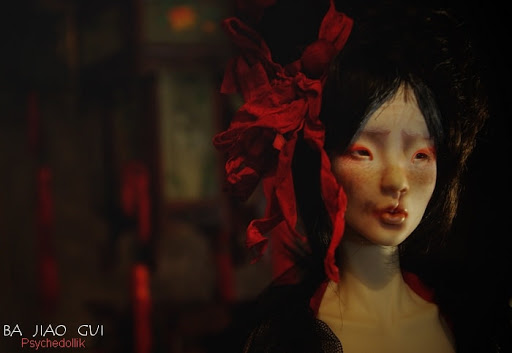
The Ba Jiao Gui are spirits known to many Asian countries such as Thailand, Singapore, and Malaysia. These spirits are also called the Female Banana Tree Ghosts for they are usually seen wailing under banana trees. Why do people seek to invoke them? Well, greedy people would often summon them to find out the lottery numbers as these spirits seem to always know.
Depending on where you go, the image of the Ba Jiao Gui differs. The two usual depictions are that of a young woman looking disheveled and having red strings stuck to her hair, another is of a pregnant woman with long wiry hair and a white dress.
6) Niu Tou and Ma Mian
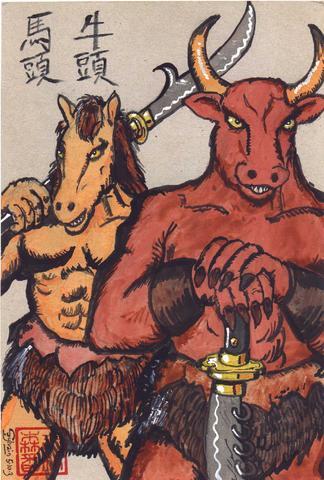
If you’re looking for a costume idea for you and your friend, this one is a pair. Directly translated to English, they are Ox Head and Horse Head. The two are the guards of the Underworld. In Journey to the West, they were sent to capture the Monkey King.
Similar to the Grecian Minotaur, they both have the body of men and the heads of an ox and a horse. In many paintings, they are seen wearing only loincloths, but they can also sometimes be seen in full armor carrying weapons.
7) Chang E
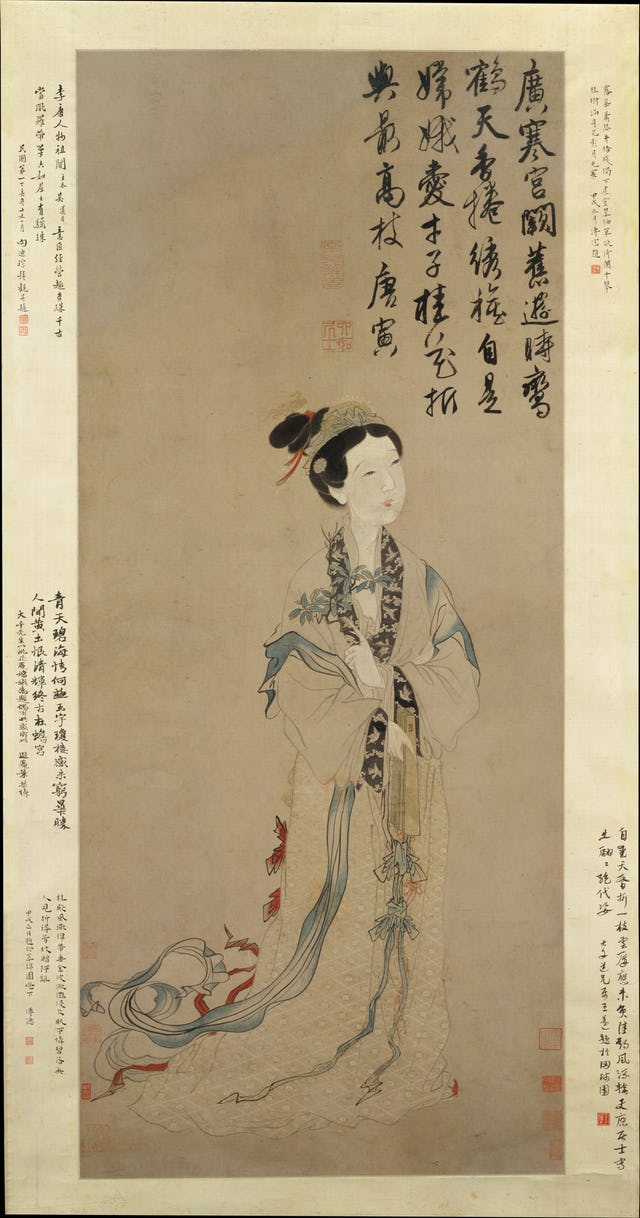
As the Mid-Autumn Festival is so near Halloween season, it is only right to mention the Chinese Moon goddess. Chang E was the wife of the legendary archer, Hou Yi, and was known all over China for her beauty. She became the Moon goddess by drinking the elixir of immortality, which belonged to Hou Yi and because of its power, she flew to the moon, doomed to stay there for eternity. As to why she drank it, stories differ, but the most popular legend says that she drank the elixir to protect it from getting stolen by a thief. Hou yi had always been adamant on keeping it safe and away from the wrong hands, this is why in the end, Chang E’s act was one of sacrifice.
She is often depicted as a young woman with long flowy robes, usually with her hair up and adorned with many ornaments and jewels. Chang E is often drawn with a white rabbit by her side.
Like and follow Elements Magazine, the official publication of Ateneo Celadon: https://www.facebook.com/CeladonElementsMagazine



